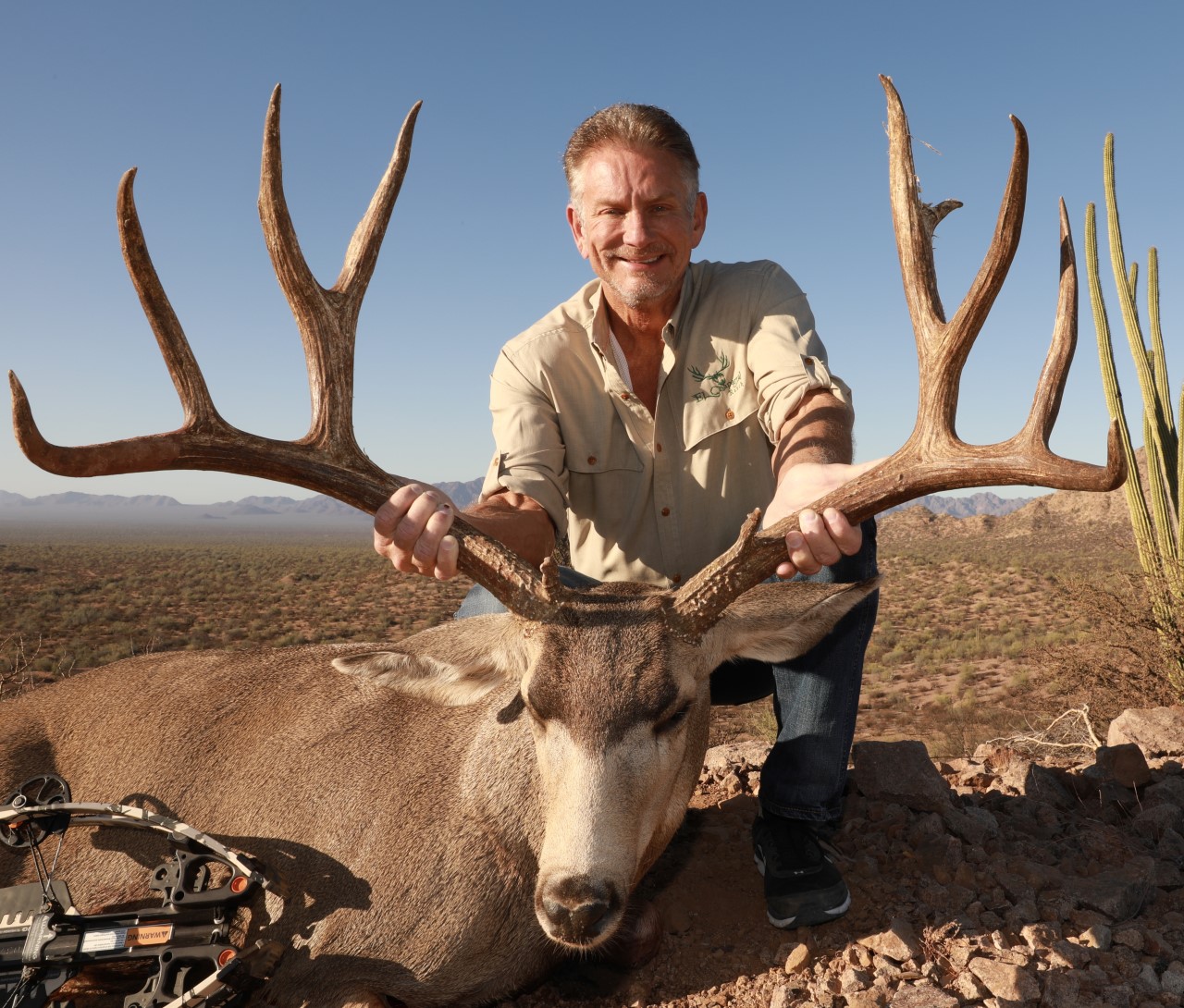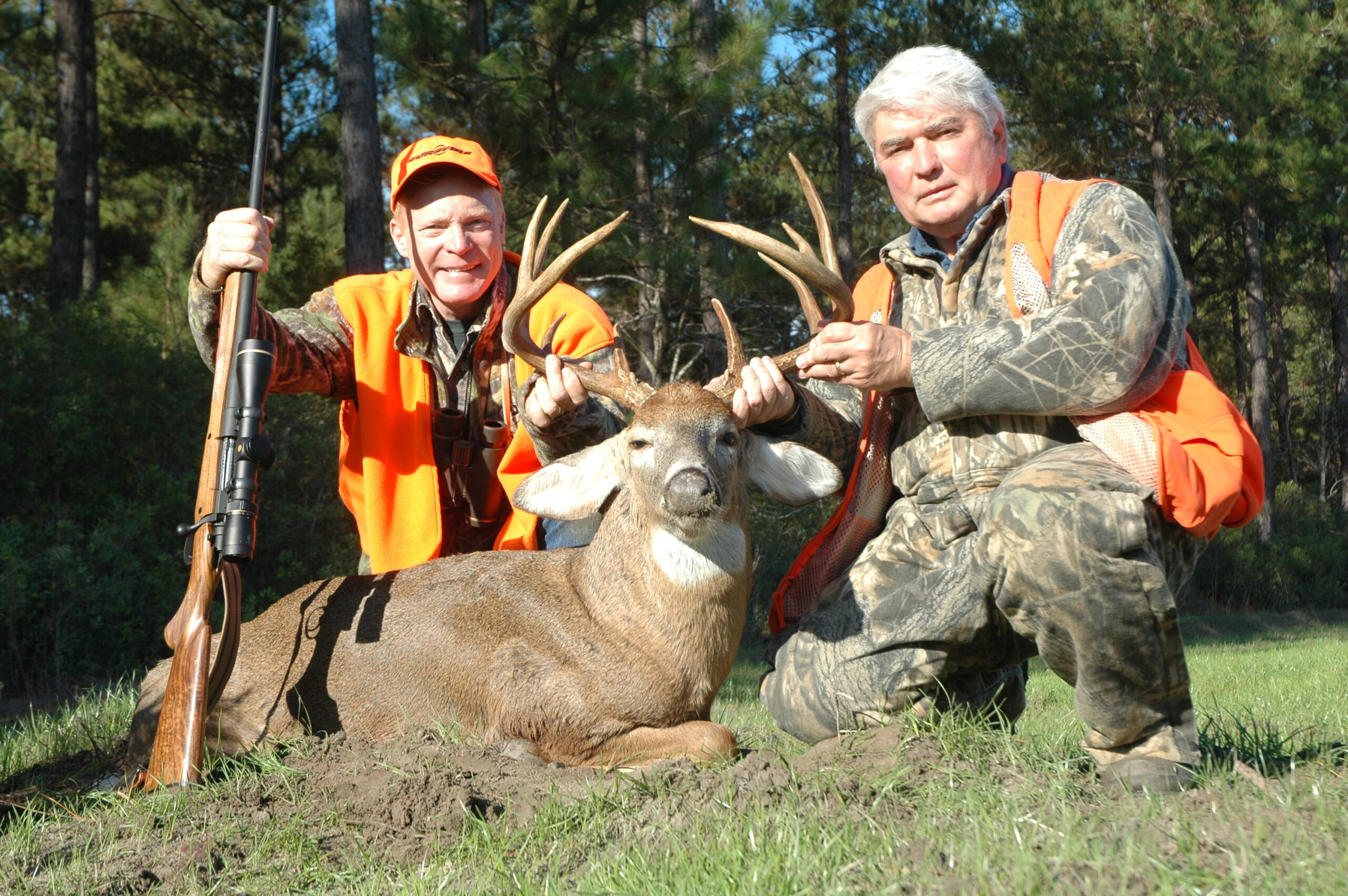Regardless where they are conducted in the world, bird hunting safaris truly are special. They afford a kind of relaxed, yet attentive, lifestyle and camaraderie that is unique to them. Hunters who have been on bird safaris know what I mean, and others who have not tried them owe it to themselves to give international bird hunting a shot. Try it. You’ll like it.
For this article, it was a return to the scene of the sublime. There is something about hunting with the folks from Benelli and Ramsey Russell of GetDucks.com at Frank Ruiz’ Gabino’s Outdoor Adventures in Mexico that redefines how wingshooting is done when it is done right.
Coverage in Safari Magazine of a somewhat similar hunt previously focused on doves and ducks, but this time, due to the fortunate dates of the hunt, Pacific black brant and elegant quail were added to the menu. Talk about both quantity and quality!
This expedition included an interesting group of folks from the industry. There were Tim Joseph and George Thompson from Benelli, Gary Giudice of Blue Heron Communications, Jim Saubier with Sitka Gear and Ramsey Russell of GetDucks.com. Also, in addition to the author, there were Jeff Johnston of Sporting Classics, Alex Robinson from Outdoor Life/Field & Stream, Jon Draper from NRA/American Hunter and Ben Peterson of Delta Waterfowl.
The Pacific black brant is a sea goose of rather medium size. They range from Alaska to Mexico, where they spend the winter months each year. Setups to shoot them include blinds with a dozen or so decoys that are located just offshore in any of the many huge bays along the Sea of Cortez.

Unlike previous days when we were in the blinds before sunup, for brant there was no such hurry. In fact, for the first hour or so, all Gary, Jeff and I saw from our blind were shore birds and a single, lonely duck do a fly-by.
Then, from our right came a wad of brant, probably a dozen or more. When they flew over the decoys, we opened-up and five dropped to our three guns.
About an hour or so later, another squadron of brant came over the decoys from the left, and four dropped from that bunch.
After that, it was one here, one there as stragglers seemed to want to take a look at the small, but effective, decoy spread that had to be adjusted a bit from time to time as the tide rolled out. By the end of the hunt that morning, we had an even dozen in the bag. We probably should have had more, but we were having too much fun, enjoying the shoots when they happened and sharing yarns in between, including discussions about the Benelli Super Black Eagle 3 shotguns we were using. More about them later.
Others in the group also were successful on the brant hunt. Jon even bagged a specklebelly (greater white-fronted) goose in the process – odd, because it was the first speck that Frank and his crew at Gabino’s had ever seen in that area. That bird must have gotten lost on the way south.

The dove hunting part of the expedition was everything one could imagine when it comes to hot-barrel, high volume action. And we used the same Super Black Eagle 3 guns for doves that we used for waterfowling – just went to more open chokes and smaller shot for the doves.We were setup in mesquite-covered open land not far out of town and the doves were flying in every direction, most of them just skirting the tops of the trees and bushes as they whizzed by.
It was one of those situations where the high bushes meant that there was no way to see the birds coming from far away. Rather, they already were zipping, dipping, banking left, banking right and nose-diving the instant they appeared above the bush line, and then disappeared over the opposite bush line as quickly as they had appeared.
Success meant seeing the bird and then engaging it instantly and instinctively. Only a few of the birds were flying high enough to do any meaningful technical shooting at them.
As much as this kind of doving can be totally exciting, it also can be frustrating because such quick shooting doesn’t always hit the mark. No problem. Just shoot more times.
The elegant quail expedition was both enjoyable and educational in that it was significantly different from the more classic quailing routines.
Ben, Alex and I were accompanied by a guide and two bird guys. We were not hunting over dogs, but rather the bird guys and guide literally pounded the thick bushy cover with sticks as we readied for possible shots.
Efforts to locate the quail visually or audibly before hitting the bush didn’t work out, so we made successive forays into the thick bush from several different locations until we located birds, and then flushed them out.
It was a late afternoon outing, so the number of birds put up was not large, but the fun and action was. By the end of the hunt, each of us had taken elegant quail.

Like many desert quail hunts, there was a lot of walking and not much shooting, but when there was, it was intense. And, again, we used the Benelli Super Black Eagle 3 guns and they worked fine. Granted, at around seven pounds empty, they were a bit heavier than some upland guns, but they worked just fine on this combo-bird hunt. The Benelli Ethos lends itself more to upland birding, but that’s another story.
Back on the first day of the hunt, Jon, Tim and I found ourselves in a very nice makeshift blind on the banks of an inlet from the Sea of Cortez. The decoy spread suggested ducks, and ducks it was – almost of all them teal for us that morning. During the several days of the hunt, we took green-winged, blue-winged and cinnamon teal, as well as a host of other types of ducks.
Oddly, fellow hunters in another blind on the tip of a small island about a half-mile from us that same morning bagged almost all pintails. It seemed as though the flavor of duck winging by depended on which area that kind of duck wanted to check out. Certainly, there was no obvious reason for such behavior from the human perspective. That’s hunting.
Two days later, George and I shared a blind in the same general area of the bay, where most of the birds we bagged were pintails.
Talking about pintails, Ramsey Russell showed how that kind of hunting is done on the same day. Great guy and great shot.
Ramsey heads-up GetDucks.com and lines up waterfowl expeditions worldwide. In fact, SCI members wanting to get more involved in the Birds of the World program might consider contacting Ramsey because he can help line up waterfowl safaris for some of the most exotic species on earth. He also is an exhibitor at the SCI Convention, so stop by his booth and say hi in Reno Feb. 5-8.
One morning found George, Ben and I in a makeshift blind at the edge of a small inland, freshwater “marsh.” It was a brushy area that was flooded, and to suggest that the open water in front of us was even a pond would be stretching it. But it worked.
A variety of types of ducks either flew by close enough for some pass shooting, or they attempted to land in the small decoy set in front of us. There were never any big flights, but rather twos, threes and maybe four or five a couple of times. Lots of shot opportunities. Lots of fun.

Benelli shotguns and serious hunting go hand-in-hand. The SBE 3 is a full redesign of the Super Black Eagle platform – an effort that was 10 years in development with focus on what Benelli terms “improved ergonomics; intuitive, flawless functionality and an updated design, style and feel for the latest in modern waterfowling reliability that’s all about the end game: Absolute superiority in the most unforgiving conditions.” Mission accomplished.
The guns had no hiccups that I was aware of on the trip and they proved their mettle in not just waterfowling, but on doves and quail, as well. Great all-around guns.
By the time the dust settled on the trip, we had taken all, or virtually all, of the 16 species of waterfowl typically found in the area, as well as a specklebelly goose. Dove hunting saw hot-barrel action, primarily for mourning and white-winged doves, as well as some of the Eurasian collared doves. And there is nothing else in Bird-dom quite like an elegant quail hunt.
Bottom line, great hunting all around.
International hunts are much more than just a bunch of shooting. They are experiences, and that’s where Gabino’s comes into the discussion. They make it all happen the right way.
Gabino’s hunting lodge is Hacienda La Nellita, Frank's lovely childhood home in Ciudad Obregon. It features nine bedrooms that can hold anywhere from 18 to 22 hunters and guests with bath, lounge area, bar, dining room, roomy exterior patio, satellite television, Jacuzzi, telephone/internet/fax.
Frank Ruiz' facilities are easily reached via daily jet flight service on AreoMexico from Los Angeles, Phoenix or Tucson. Guests fly to either Ciudad Obregon or Guaymas to La Nellita. Upon arrival, guests are met personally by Frank Ruiz and his staff, assisted with customs and immigration and transferred promptly to the lodge.
When great accommodations, great guys and great shooting come together, it is a bird safari to remember forever. The nice part is that it doesn’t have to be a once-in-a-lifetime proposition. Such expeditions can be repeated again and again. Bang, bang.–Steve Comus




